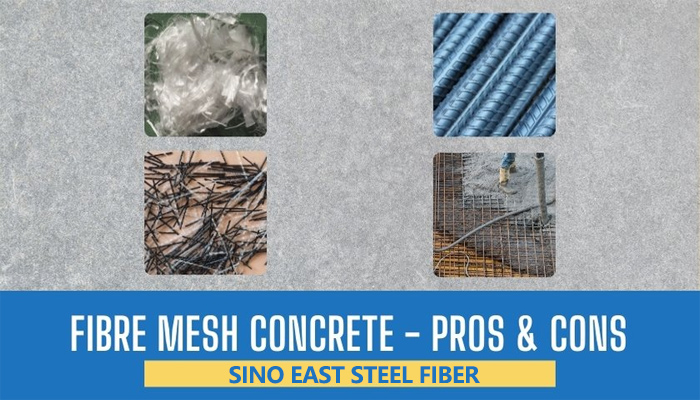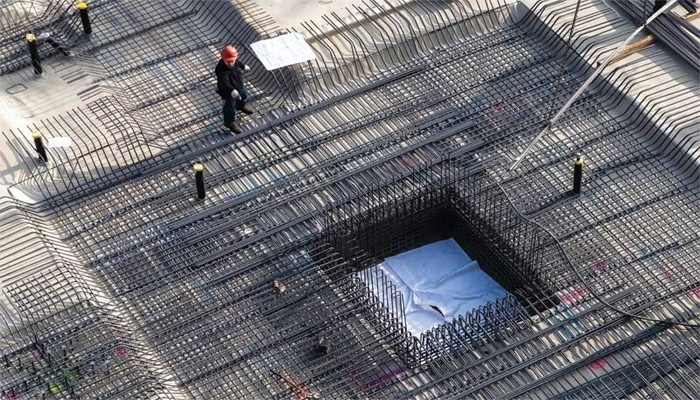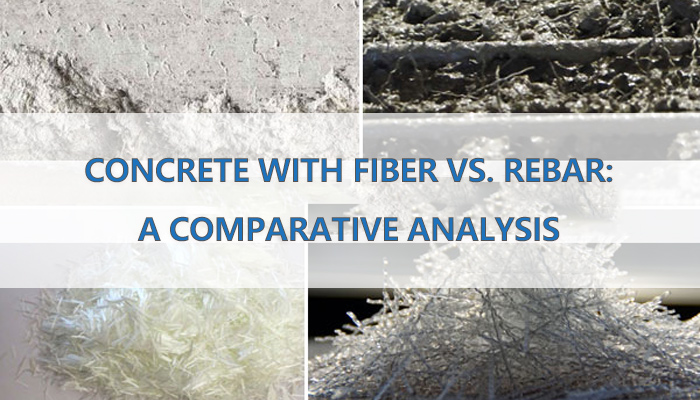Grasp the key differences between concrete reinforced with fibers and traditional rebar. This article explores the benefits, applications, and considerations for each, helping you make an informed decision for your construction projects.
Concrete with Fiber vs. Rebar – Choosing the Right Reinforcement
Selecting the right reinforcement method is crucial in construction. This article delves into the advantages and considerations of using concrete with fibers or traditional rebar.
The Strength of Traditional Rebar
Reinforcing concrete with steel rebar has been the conventional method for decades. It provides high tensile strength, making it ideal for heavy structural applications like bridges and skyscrapers.
The Versatility of Concrete with Fiber
Concrete with fibers offers versatility in reinforcement. Fibers, such as steel, synthetic, or glass, can be added to the concrete mix to enhance its properties. This method is suitable for various applications, including sidewalks, driveways, and residential construction.

Benefits of Traditional Rebar
One of the primary advantages of rebar is its exceptional tensile strength, which ensures structural integrity in demanding applications. It’s also a well-established method with proven performance in long-term durability.
Benefits of Concrete with Fiber
Concrete with fibers is prized for its crack resistance and reduced shrinkage. It’s especially useful in areas prone to freeze-thaw cycles and can be cost-effective in specific applications, as it eliminates the need for rebar installation.
Considerations for Traditional Rebar
When using rebar, the process can be labor-intensive and time-consuming. Proper placement and alignment are critical to ensure optimal reinforcement, and corrosion can be a concern in corrosive environments.
Considerations for Concrete with Fiber
While concrete with fibers offers numerous benefits, it’s essential to select the right type of fiber for your project and ensure proper mixing and distribution. It may not be the best choice for extremely heavy structural applications.
Real-World Application – Bridge Construction
For massive infrastructure projects like bridge construction, traditional rebar remains the go-to choice due to its unparalleled tensile strength and long-term performance. It ensures the structural integrity and longevity of such critical infrastructure.

Real-World Application – Residential Driveways
In residential projects like driveways, concrete with fibers is a practical option. It minimizes the risk of surface cracking, enhances durability, and requires less labor compared to rebar installation.
The Future of Concrete Reinforcement
As technology advances, new methods of reinforcement are emerging. For example, carbon fiber reinforcement is gaining popularity for its strength-to-weight ratio. However, it’s essential to consider factors like cost, project requirements, and environmental impact when choosing a reinforcement method.
Conclusion – Making the Right Choice for Your Project
In conclusion, the choice between concrete with fibers and traditional rebar depends on the specific requirements of your construction project.
Traditional rebar excels in heavy-duty applications, while concrete with fibers offers versatility, reduced cracking, and cost-effectiveness in the right circumstances.
Ensure that you thoroughly evaluate the needs of your project and consider the benefits and considerations of each method. By making an informed decision, you can achieve the desired structural integrity and longevity for your construction endeavors, whether large-scale infrastructure or residential projects.
